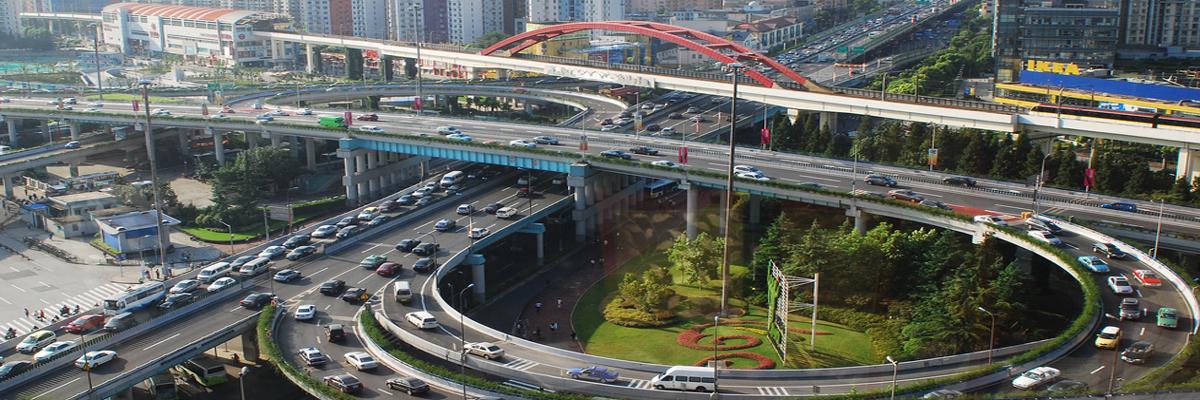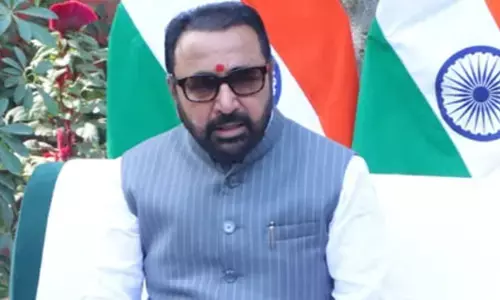60 years of Congress, 10 years of BJP

It also succeeded in managing the separatist movements in Tamil Nadu, Punjab, Mizoram and Nagaland though it failed in Kashmir The BJP is also failing in Kashmir Overall the performance of the Congress appears to be better However, the comparison may not be apt because of the lesser time ruled by the BJP Thus, we consider their performance to be even
In this article I try to make a comparison of the performance of the two major parties.
Unity of the Country: The Congress-led the Partition is oftentimes considered a failure. However, is succeeded in integrating Hyderabad.
It also succeeded in managing the separatist movements in Tamil Nadu, Punjab, Mizoram and Nagaland; though it failed in Kashmir. The BJP is also failing in Kashmir. Overall the performance of the Congress appears to be better. However, the comparison may not be apt because of the lesser time ruled by the BJP. Thus, we consider their performance to be even.
External wars: The country has fought six wars under the Congress. Of these we secured victory in four — Kashmir in 1947, Goa in 1961, Pakistan in 1965 and Bangladesh in 1971. India lost two wars in this period — China in 1962 and the Indian Peace Keeping Force in Sri Lanka in 1987. In comparison, we have fought two wars under the BJP — Kargil in 1999 and Doklam in 2017. Of these two, we won the Kargil but the Doklam has ended in a stalemate. The performance of both parties appears to be similar here as well.
Democracy: Our forward-looking Constitution was adopted by the Congress. The Constitution abolished the privileges of the Princely States and granted equal status to the Dalits. India is considered to be a vibrant democracy on this strength of this foundation laid by the Congress. On the flip side, the Emergency was imposed in 1975 which was an attack on democracy. The Panchayati Raj Amendment to the Constitution was made in 1992.
Later, in 2005, the Congress enacted the Right to Information Act which empowered the people. The BJP has tried to whittle down the Right to Information Act, which is a negative. The overall sense today is that any person who is against is targeted by the BJP. An inquiry was instituted against a Professor of IIT Mumbai for his critical remarks on Modi. IIT Roorkee was undertaking a project to assess the benefits and costs of the National Waterway 1. The Ministry of Human Resources had that project cancelled. The Congress seems to have been more tolerant to dissent.
Economy: The Congress implemented the 5-Year Plans beginning 1951. These plans laid the foundation of India’s industrialisation such as in the establishment of the steel plants. This was a plus. However, these plans gave prominence to the public sector and stifled the creative energy of Indian businesses. This also was a minus. The banks were nationalised in 1969.
The Public Sector Undertakings (PSUs) established under the 5-Year Plans are now largely running in losses except where they have monopoly such as in petroleum. The Public Sector Banks created after their nationalisation have now come to haunt us in the form of their Non-Performing Assets. This too was a minus.
The Congress tried to rectify its mistake by adopting liberalisation in 1991 and feeing the creative energy of our businessmen. This was again a plus. The BJP under Vajpayee made a great effort at privatisation of the PSUs. This was a plus. However, the BJP under Modi has stepped back from this. Demonetisation too has set the economy back.
The attempt to push digitisation under the cover of GST has also not done well to the economy. These are all minus. On the other hand, the push to make world class infrastructure is a definite plus. On the whole, the Congress gets three plus and two minus; while the BJP gets one plus and three minus.
Infrastructure: The poor condition of infrastructure was often cited as the reason of low economic growth during the Congress rule. Vajpayee started the Golden Quadrangle Highway project. Modi has expanded the network of highways at a rapid pace. Power cuts have become almost unknown today. Bullet train and other ambitious projects have been launched.
Farmers and Poverty: The Congress enacted the Zamindari Abolition Act. I consider this to be the backbone of the nation’s stability. Land was distributed to the tiller and the exploitative Zamindari system was abolished. The importance of this measure can be assessed by comparing with Pakistan where such a measure was not undertaken and feudalism and slavery run rampant even today.
The Green Revolution — introduction of high yielding varieties of wheat and expansion of irrigation was undertaken in the sixties and seventies. The community development and then Garibi Hatao programmes were implemented. These programmes did not yield substantial results but the effort was in the right direction. The National Employment Guarantee Scheme was implemented in 2006.
This scheme has provided huge benefit to the poor people. The Land Acquisition Act was passed in 2013 providing for higher compensation to the farmers. These were all plus. The BJP has tried to water down the Land Acquisition Act against the farmers. This was a clear minus.
The distribution of gas cylinders under Ujjwala and free electricity connections are a plus. The poor people’s money has been routed to the rich through the Jan Dhan Scheme. The farmers have been put into debt and the banks into Non-Performing Assets under the Mudra Scheme. The jury is out on these last two measures. The Congress gets four plus while the BJP gets two plus and one minus.
Environment and Ganga: The Congress enacted the Forest Conservation Act in 1980 and the Environment Protection Act in 1986. These acts have become the mainstay of environment protection today. The Ganga Action Plan was initiated in 1986. This has proven only marginally effective. Three hydropower projects on the Bhagirathi were cancelled by the Congress in 2010 to conserve the Ganga.
The BJP has taken a number of small steps against the environment. For example, in December 2017, the Central Pollution Control Board allowed thermal power plants to release pollutants into the air well above the government-set limits for up to five more years. The BJP wants to restart the hydropower projects on the Ganga that were cancelled by the Congress. It has pushed for plying of barges on the Ganga. The Congress stands much better on these issues.
Corruption: The Congress created a culture of corruption. The BJP has taken steps to weed this out. I am told, for example, that Provident Fund Inspectors are no longer allowed to visit the establishments. The BJP certainly stands better on this.
Overall the performance of the two parties is evenly balanced on external wars and preserving unity of the country. The Congress fares better on preservation of democracy, economy, farmers and poverty, and environment and Ganga River. The BJP fares better on infrastructure and corruption. (The author is formerly Professor of Economics at IIM Bengaluru)















